There are five parts of the world known as the blue zones, where longevity and well-being are exceptionally high. The term was coined by Dan Buettner, an explorer and author who traveled around the world to study the secrets of longevity as portrayed in 2023 Netflix documentary “Live to 100: Secrets of the Blue Zones.” He identified five areas that have the highest concentration of centenarians, people who live to 100 or more, and the lowest rates of chronic diseases, such as heart disease, cancer, diabetes and dementia.
Here are the blue zones:
Sardinia, Italy. An island in the Mediterranean Sea, Sardinia is home to the world’s largest population of male centenarians. They live in mountainous villages where they work as shepherds, farmers, or craftsmen. They eat a diet rich in whole grains, beans, vegetables, fruits, cheese, and wine. They have a strong sense of community and family, and a lively social life.
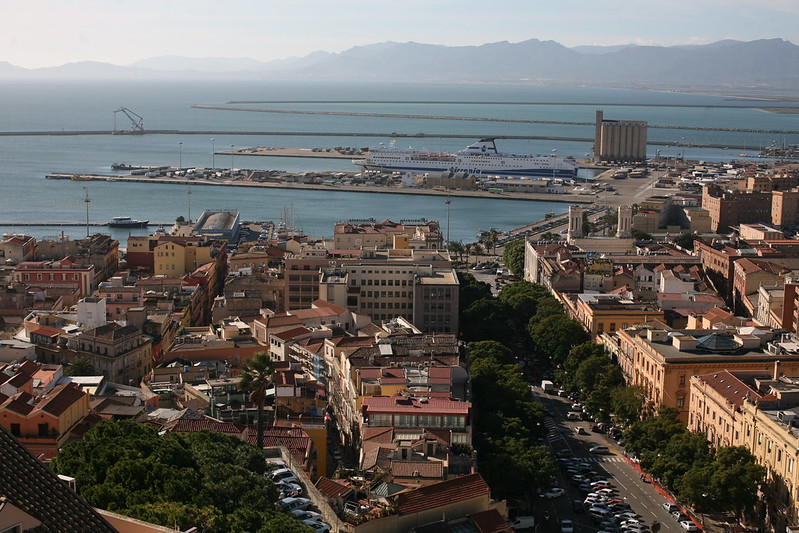
Okinawa, Japan. An archipelago in the East China Sea, Okinawa is known for its female longevity. They practice a philosophy called ikigai, which means “reason for being.” They have a purposeful and active life that involves gardening, fishing, dancing and martial arts. They eat a diet based on sweet potatoes, tofu, seaweed, green tea and soy products. They also form supportive social groups.
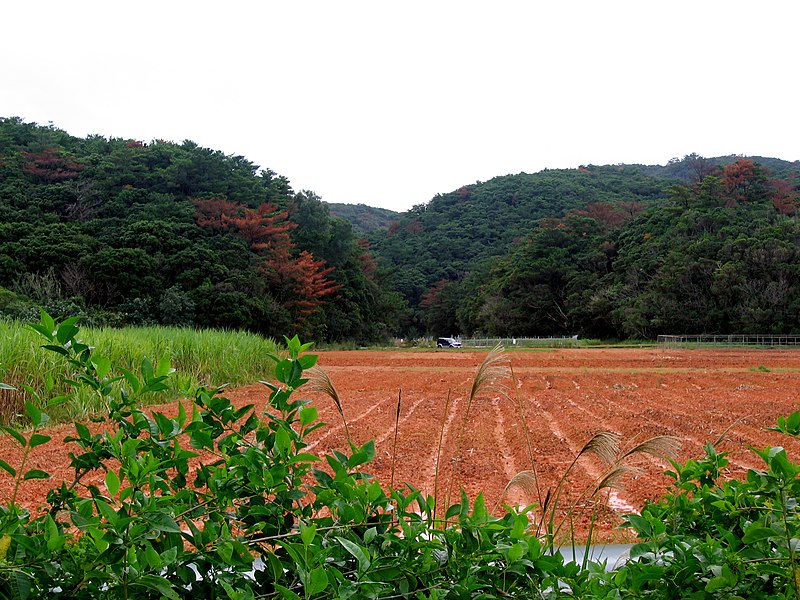
Nicoya, Costa Rica. A peninsula on the Pacific coast of Central America, Nicoya is famous for its male longevity. Men work as farmers, ranchers or laborers until late in life. They eat a diet consisting of corn tortillas, beans, squash, papaya, banana and coffee. These are religious people who tend to have a positive mindset. They also have a culture of respect for elders and celebration of age.
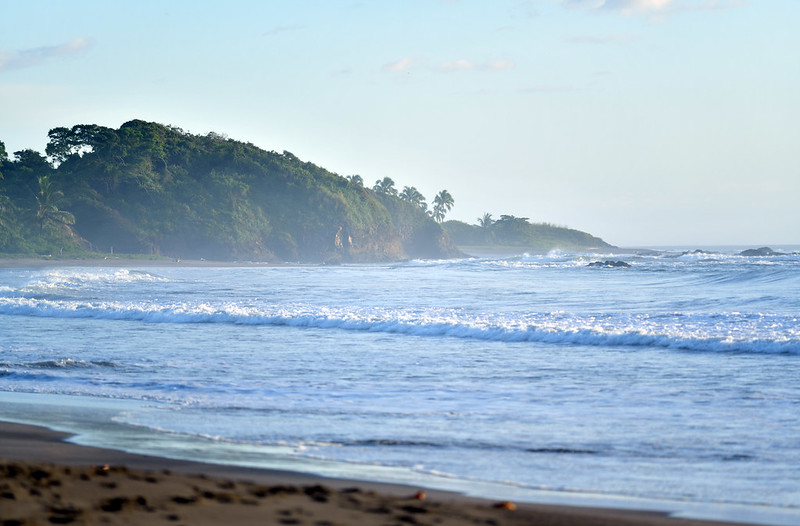
Icaria, Greece. An island in the Aegean Sea, Icaria is renowned for its low rates of dementia and depression. Its residents live in small villages and make their own food and wine. They eat a diet based on olive oil, bread, beans, potatoes, greens, herbs, honey and goat milk. They have a relaxed pace of life and take daily naps. Their Greek Orthodox beliefs and community celebrations deeply root them in a shared identity and connection.
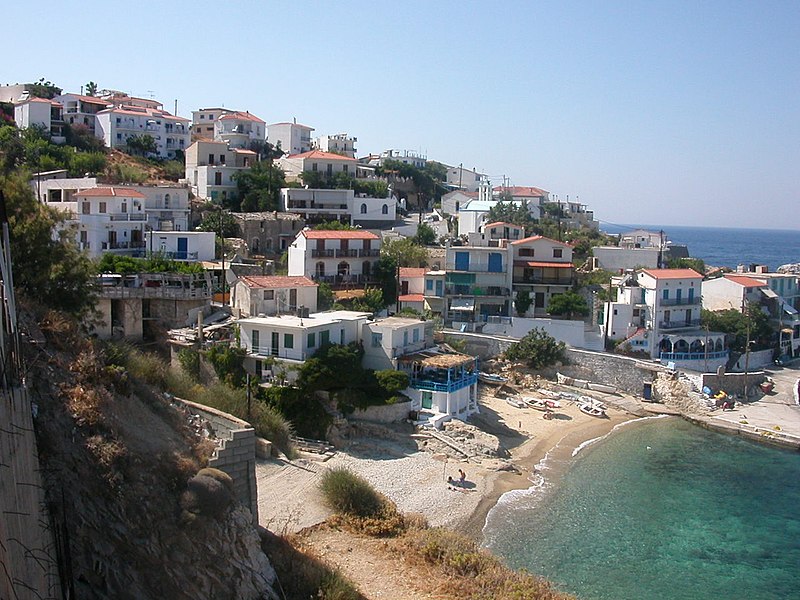
Loma Linda, California. A city in Southern California, Loma Linda is home to a large community of Seventh-day Adventists, a Christian denomination that follows strict health guidelines. They abstain from smoking, drinking alcohol, eating meat or dairy products. They eat a diet rich in nuts, fruits, vegetables and whole grains. They exercise regularly and observe a weekly sabbath day of rest and worship. They have a mission-driven life that involves service and charity.
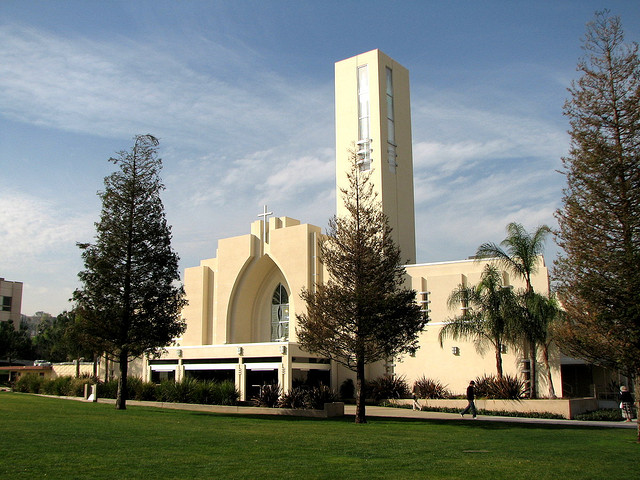
Why are the blue zones so remarkable?
The blue zones are remarkable because they defy the common assumptions about aging and health. They show that it’s possible to live long and well without relying on modern medicine or technology. They also show that longevity is not determined by genes alone, but also by lifestyle choices and environmental factors. Based on Buettner’s research, our genes determine only 20% of our lifespan, while our habits and environment account for the remaining 80%.
The blue zones also challenge the notion that aging is synonymous with decline and disease. They demonstrate that aging can be a positive and rewarding experience that brings wisdom and joy.
What can we learn from the blue zones?
Buettner has distilled 12 habits that can help us live longer and better, wherever we are. These habits are:
- Eat mostly plants
- Drink moderately
- Move naturally
- Find your purpose
- Surround yourself with positive people
- Connect with a higher power
- Respect your elders
- Embrace your age
- Reduce stress
- Sleep well
- Be curious
- Be adventurous
By adopting some or all of these habits, we can not only extend our lifespan but also enhance our quality of life.




